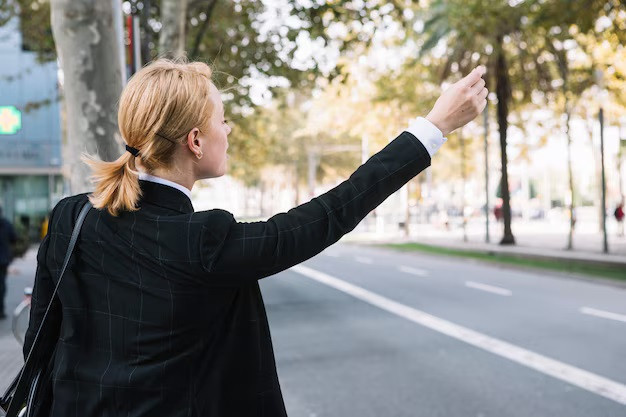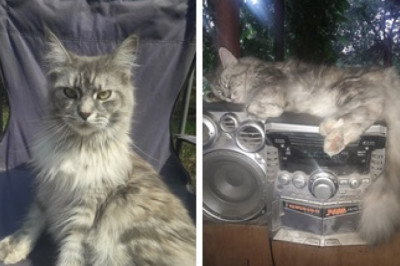A Journey to Financial Freedom: Breaking Bad Habits and Embracing Change
In a bustling city, in a small apartment that smelled faintly of takeout, lived Emma. Like many of her peers, she was a millennial trying to navigate the treacherous waters of adulthood while juggling her finances. Her days were filled with work emails, coffee runs, and an endless stream of notifications from shopping apps that perpetually tempted her to buy on impulse.

Emma was accustomed to the thrill of a new purchase—a chic outfit, the latest gadget, or that perfect coffee maker she'd been eyeing. However, these impulsive buys left a gaping hole in her budget. One day, while looking at her bank statement, she realized that her spending habits were spiraling out of control. So, she decided to make a change.
Fighting Impulse: The Waiting Game
Emma had often struggled with the urge to buy on impulse, but that day marked a turning point. She committed to waiting a week before making any unnecessary purchases. This waiting period transformed into a sort of financial detox, where she would take the time to assess whether she truly needed an item or if it was just a fleeting desire.
At first, it was challenging. Emma felt the pang of desire when she scrolled through curated shopping feeds. Yet, as days turned into weeks, she found that most of her cravings subsided. The clothes remained in the digital cart, gathering virtual dust, while she learned to appreciate the things she already owned.
Crafting a Budget: The Blueprint for Control
Emma's journey didn't stop there. The next hurdle was learning to spend less than she made. As she immersed herself in financial literacy articles and YouTube videos, she learned the importance of creating a budget. After many trial and error sessions, Emma crafted a budget that aligned with her income, taking into account essentials and, importantly, savings.
Sticking to her newly created budget was like trying to train a puppy; it required consistency, patience, and sometimes a bit of tough love. With time, she established firm financial boundaries, allowing herself a small allowance for leisure while funneling the rest into savings and investments.
From Fast Food to Family Meals
Eating out frequently had become a mindless habit for Emma. Between her long hours at work and her inability to muster the energy to cook, ordering fast food felt like the easiest solution. But she knew it was not sustainable. One sunny Sunday, she decided to turn her kitchen into a workshop.
Emma focused on cooking at home, experimenting with recipes she found online. She discovered that eating healthy didn’t just nourish her body but also her wallet. Batch cooking and meal prepping became her new norms, and leftovers turned into a treasure trove of possibilities for lunch.
Investing in the Future: Knowledge is Power
Despite knowing she should be investing, Emma had always hesitated because of a lack of understanding. Then, she came across an online webinar about personal finance. Inspired, she sought resources that would educate her on the basics of investing. Armed with newfound knowledge, Emma opened an investment account and began contributing a small portion of her monthly income.
The fear of not knowing how to invest transformed into excitement as she learned to navigate the stock market. Emma realized it wasn’t just about putting money away; it was about making her money work for her.
Thrifting: The Sustainable Choice
Consumer culture bombarded Emma with the idea of needing the latest everything—from clothes to electronics. However, she soon realized the joy in thrifting and buying second-hand. Visits to local thrift stores turned into treasure hunts for unique pieces that told stories rather than just following the crowd. The satisfaction of scoring a vintage top or a rare book far exceeded any fleeting thrill that came from buying new.
The Lasting Change: Intentional Living
Emma’s journey taught her to be intentional with her money. She no longer felt like she was living paycheck to paycheck; rather, she felt empowered and in control. Bills were paid on time through automatic payments, and she spent less time worrying and more time enjoying her life.
In the end, the bad financial habits she had swapped for healthier ones didn’t just change her bank balance; they transformed her entire perspective on life. She was no longer just surviving; she was flourishing. Emma's story became a testament to the power of discipline and knowledge, inspiring others in her circle to take the leap toward financial freedom.
Conclusion
Emma’s story reminds us that change begins with the smallest of steps. By tackling impulse buying, mastering budgeting, cooking at home, and investing wisely, anyone can break free from bad financial habits and lead a life of intention and control. Each choice we make lays the foundation for a brighter future, proving that the path to financial freedom is well within our grasp.













Comments
0 comment